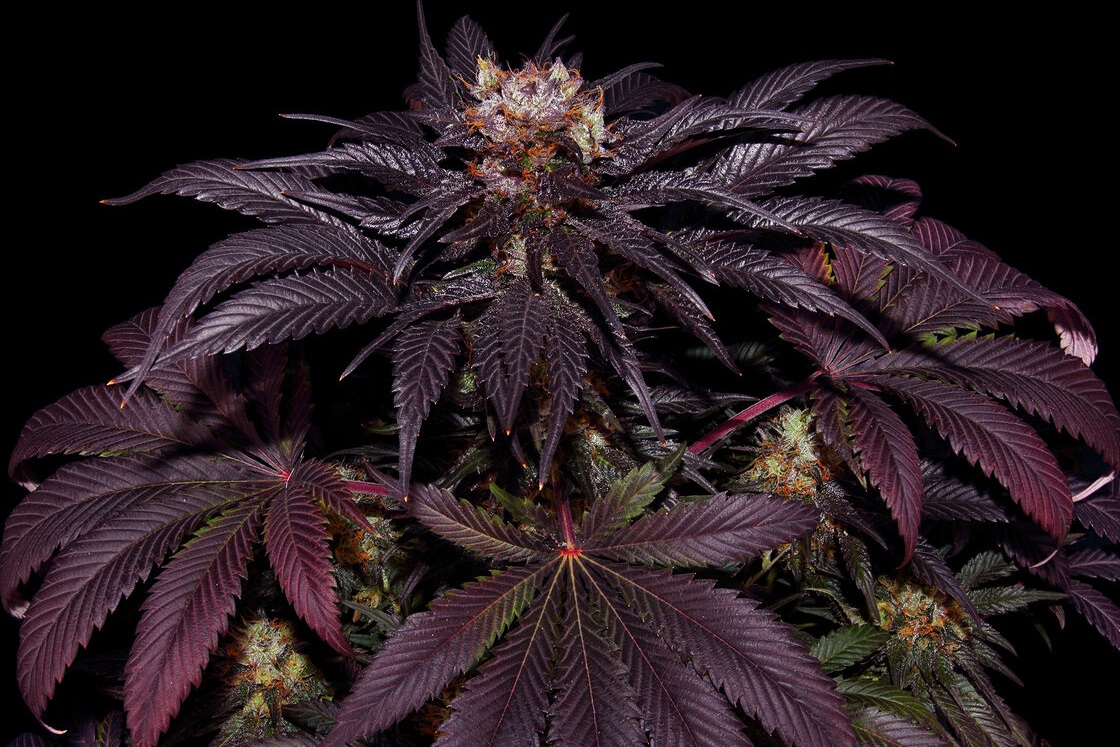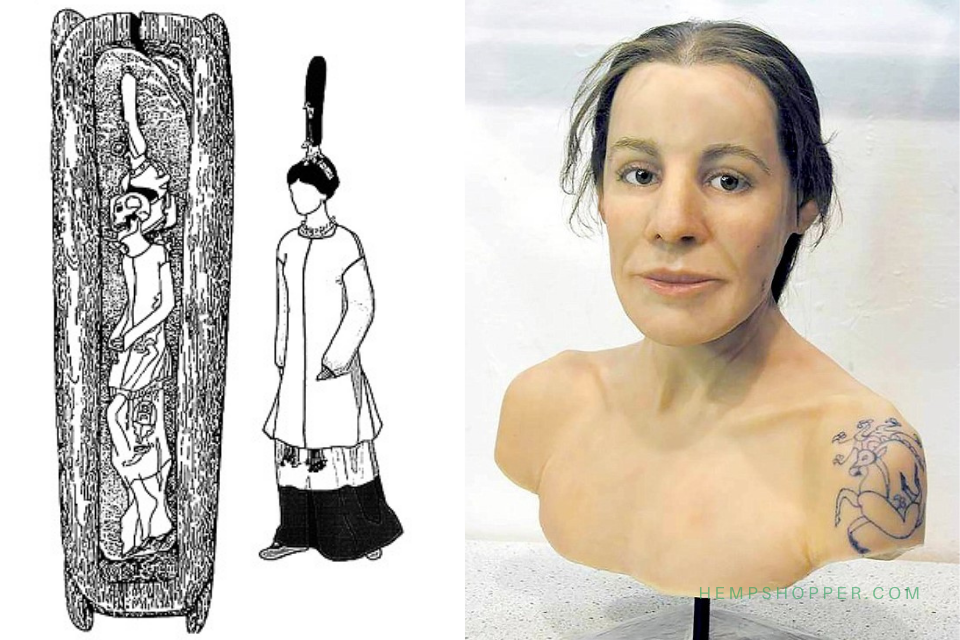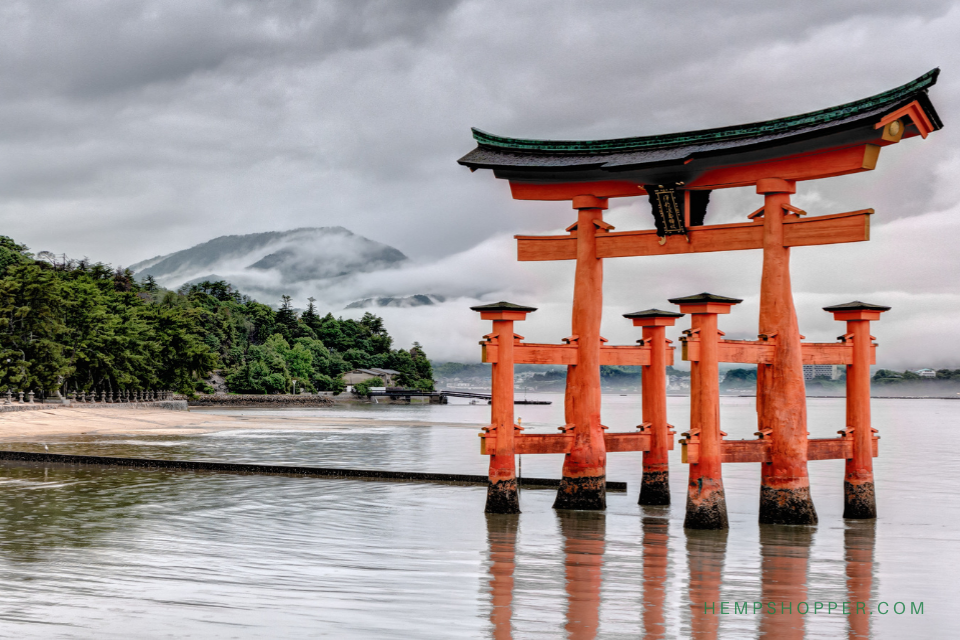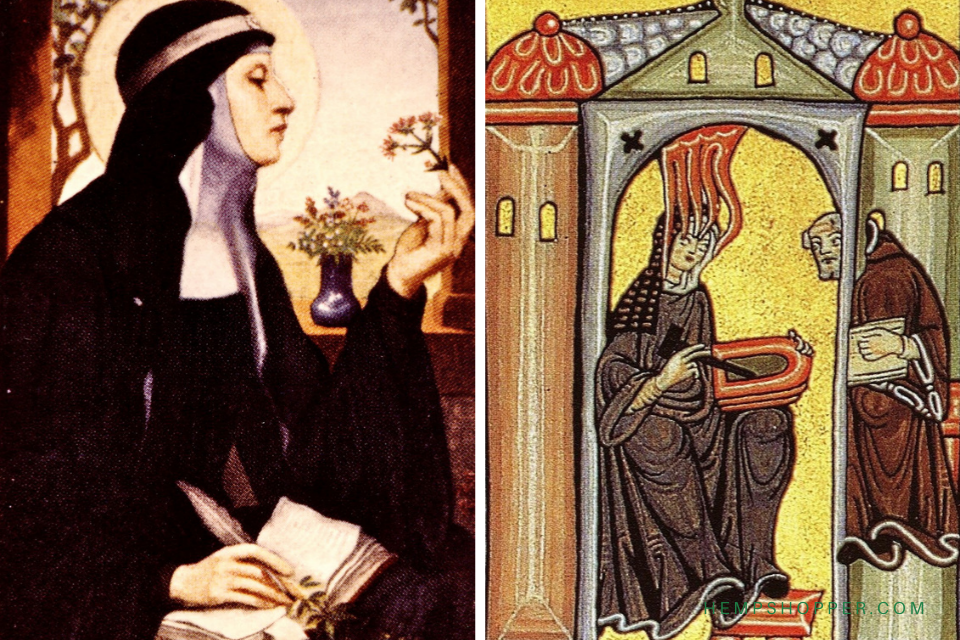800 CE: Vikings utilize cannabis
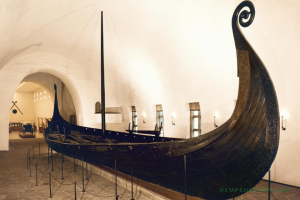
800 CE: Vikings utilize cannabis.
In 1903, Norwegian Archaeologists discovered a massive Viking ship at Oseberg (just South of Oslo, Norway) – buried in a burial mound. A great number of everyday items and artifacts were found during the 1904-1905 excavations. The find includes a small piece of cannabis material, the use of which has not been determined, and four hemp seeds.
The ship’s interment into its burial mound dates from 834, but parts of the ship date from around 800, and the ship itself is thought to be older[1]. Buried in the ship were two women, one, aged 60–70, the second was aged 25–30. The opulence of the burial rite and the grave-goods suggests that these woman had a high status.
One woman wore a very fine red wool dress with a lozenge twill pattern (a luxury commodity), and a fine white linen veil in a gauze weave, while the other wore plainer blue wool dress with a wool veil. Although the high-ranking woman’s identity is unknown, it has been suggested that it is the burial of Queen Åsa of the Yngling clan. The younger woman’s DNA test of her skeleton showed that she had a bloodline that can be connected to the Indo-Iranic tribes that inhabited the Black Sea region[2].
Next to the women in was a leather purse, and inside that purse was a cannabis seed -the other 3 were spilled on the floor next to it, as well as a small piece of hemp material. The find of hemp seeds in the Oseberg ship may be interpreted in various ways. The presence of these seeds proves that the hemp plant had reached Norway by the early Viking days. Worth noting in connection with the Oseberg find is the lack of ropes and textiles made from hemp. This is one reason for suggesting a ritual use for the Cannabis seeds. The women in the Oseberg ship had clothes made from flax, wool, silk and nettle, but not from hemp. The ropes were made from lime fibres in spite of the better quality of hemp rope.
Another theory is that the hemp seeds were placed in the pouch of the Oseberg Queen for their rarity. These were highly prized seeds of an exceedingly useful plant, as yet rare in the north. The hemp seeds were valuable for their promise of better cordage and more durable textiles. Such a theory does not, of course, exclude the possibility that hemp may also have had ritual uses.[3]
Apart from the two women, skeletal remains of 14 horses, an ox and three dogs were also found on the ship.
1.DURHAM, Keith and NOON, Steve (2002): Viking Longship. Osprey Publishing. 2. KRUGER, S. ( 2007): Dronning Åsa av Oseberg - Forskerne har nå avslørt dronning Åsa som Oseberghaugens herskerinne. 3. VINDHEIM,Jan Bojer: The history of hemp in Norway in The Journal of Industrial Hemp. International Hemp Association. Haworth Press Inc. Research and text © Hempshopper Amsterdam.


 Hempshopper Amsterdam
Hempshopper Amsterdam 
